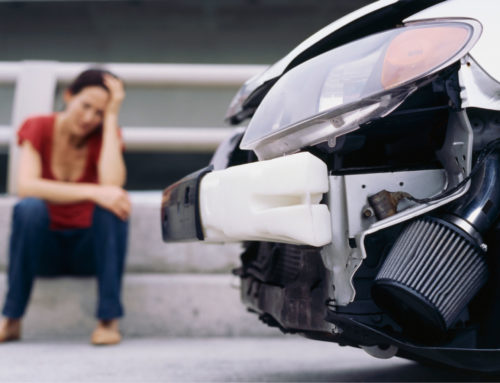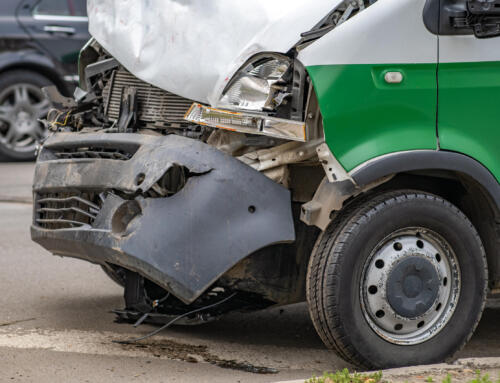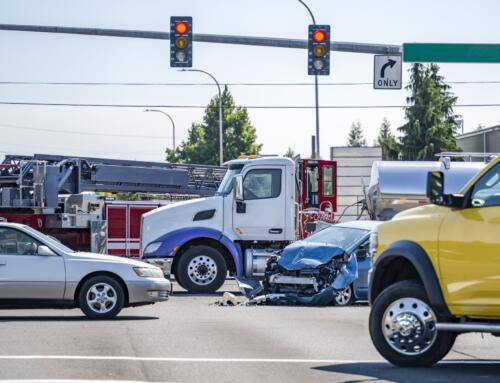Motor vehicle accidents are an unfortunate reality that many people face. Understanding the common injuries that can occur during these incidents and knowing how to properly document them is crucial. This knowledge not only helps in ensuring appropriate medical care but also plays a significant role in legal and insurance matters.
Understanding Car Crash Injuries
Car accidents can result in a wide range of injuries, from minor cuts and bruises to more severe conditions that may have long-term effects. Here, we will explore some of the most common injuries sustained in motor vehicle accidents.
Whiplash
Whiplash is one of the most frequently reported injuries in car accidents. It occurs when the head is suddenly jolted forward and then backward, causing strain on the neck muscles and ligaments. Symptoms may include neck pain, stiffness, headaches, and dizziness.
Broken Bones
The impact of a collision can easily lead to fractures or broken bones. Commonly affected areas include the arms, legs, ribs, and collarbone. Broken bones can be incredibly painful and may require extensive medical treatment, including surgery and rehabilitation.
Head Injuries
Head injuries range from mild concussions to more severe traumatic brain injuries (TBIs). The force of a crash can cause the head to strike the steering wheel, dashboard, or windows, leading to serious consequences. Symptoms can include confusion, loss of consciousness, and memory problems.
Back and Spinal Cord Injuries
The spine is particularly vulnerable in car accidents. Injuries can range from herniated discs to spinal cord damage, which may result in partial or complete paralysis. These injuries often require long-term treatment and rehabilitation.
Internal Injuries
Internal injuries are not always immediately apparent after an accident. They can include damage to organs such as the liver, spleen, or kidneys, often due to blunt force trauma. Internal bleeding is a medical emergency and requires immediate attention.

Documenting Car Accident Injuries
Proper documentation of car accident injuries is essential for receiving appropriate medical care and for legal and insurance purposes. Here’s how to document these injuries effectively.
Seek Medical Attention Immediately
The first step in documenting car accident injuries is to seek medical attention as soon as possible, even if you feel fine initially. Some injuries may not show symptoms right away. A medical professional can assess your condition and provide a detailed report of your injuries.
Keep Detailed Medical Records
Maintain comprehensive records of all medical treatments and diagnoses related to the accident. This includes hospital visits, doctor’s appointments, medications prescribed, and any recommended therapies or surgeries.
Take Photographs
Photographs provide visual evidence of injuries and their severity. Take clear, detailed pictures of any visible injuries, such as bruises, cuts, or swelling. It’s also helpful to document the accident scene, including vehicle damage and road conditions.
Record Your Symptoms
Keep a journal of your symptoms and how they affect your daily life. Note any pain, discomfort, or limitations you experience, and how they change over time. This can be crucial evidence in medical and legal proceedings.
Obtain a Police Report
A police report is an official record of the accident, including details about how it occurred and any contributing factors. It often includes statements from witnesses and the parties involved, which can be valuable in proving liability.
Consult with Legal and Insurance Professionals
Engage with legal and insurance professionals who can guide you on the best practices for documenting your injuries and handling your case. They can help ensure all necessary documentation is in place for any claims or lawsuits.

The Importance of Documentation
Proper documentation of car accident injuries is not just about keeping track of your medical treatments. It plays a crucial role in:
- Insurance Claims: Accurate documentation helps in proving the extent of your injuries and the impact on your life, which is vital for securing fair compensation from insurance companies.
- Legal Proceedings: If you decide to pursue legal action, detailed records and evidence can strengthen your case and increase the likelihood of a favorable outcome.
- Medical Treatment: Comprehensive documentation assists healthcare providers in understanding your injuries and tailoring treatment plans to your needs.
Conclusion
Motor vehicle accidents can lead to a wide range of injuries, each requiring careful documentation to ensure proper medical care and legal handling. By understanding common car crash injuries and following the steps to document them, you can protect your health and your rights.
Always remember, after a car accident, prioritize your well-being by seeking immediate medical attention and thoroughly documenting all aspects of the incident. This proactive approach can make all the difference in your recovery and any subsequent legal or insurance claims.
Contact 612-Injured: Minnesota’s Personal Injury Attorneys
If you or a loved one has been involved in a motor vehicle accident and need assistance navigating the complexities of injury documentation, legal claims, or insurance matters, don’t hesitate to reach out to 612-Injured. Our experienced personal injury attorneys are here to help you every step of the way.
Contact us today for a free consultation and let us fight for the compensation you deserve!












